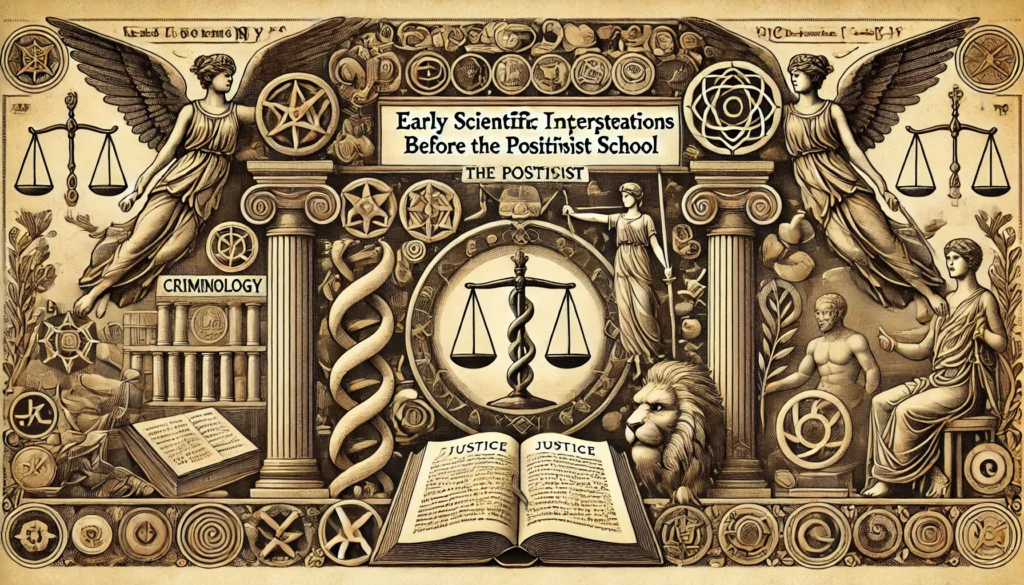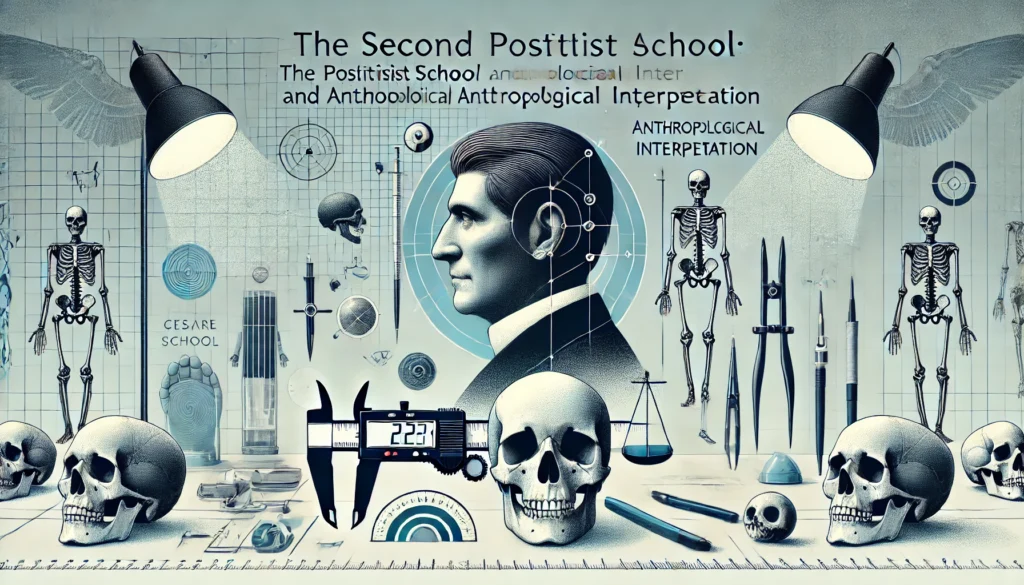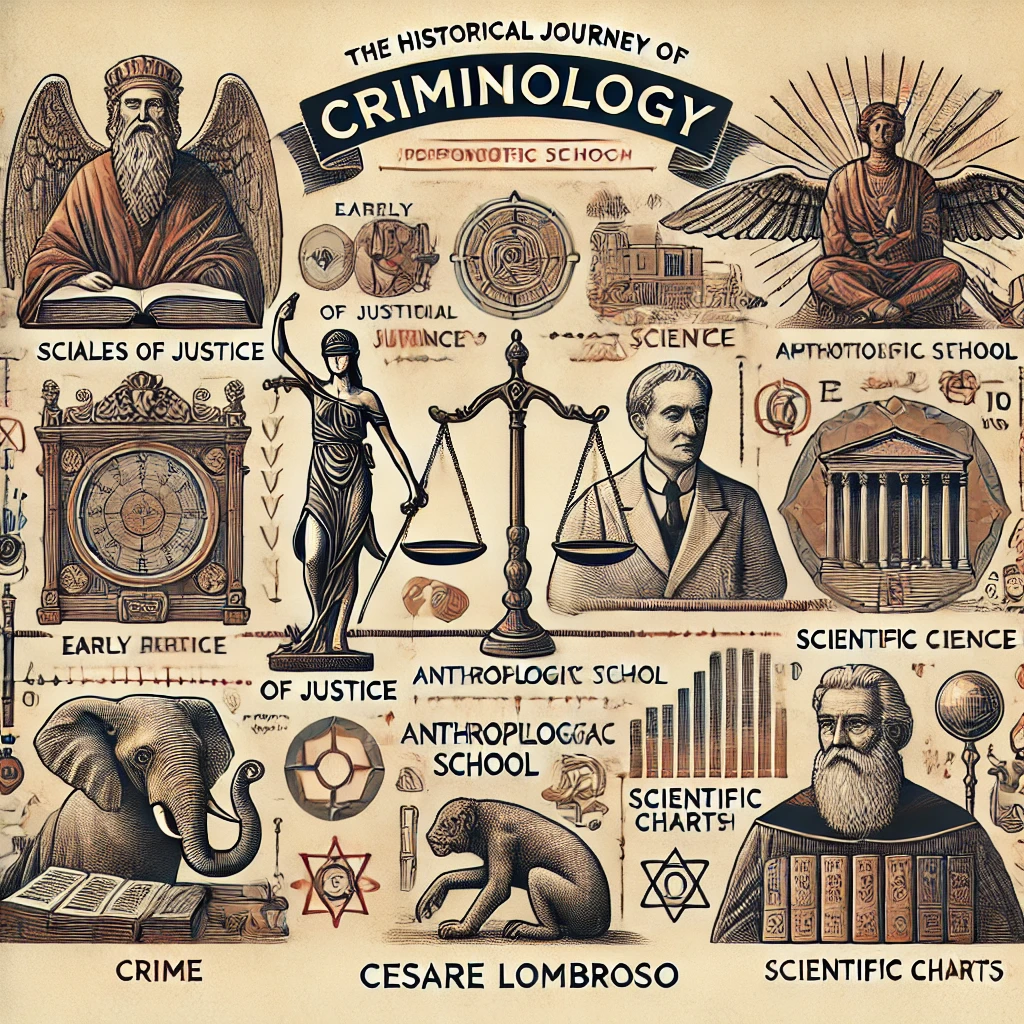The study of criminology has evolved over centuries, mirroring the broader progress of human thought and scientific discovery. At its core, criminology seeks to understand the causes, consequences, and prevention of criminal behavior—an endeavor that has been shaped by diverse philosophical, religious, and scientific perspectives. As societies grappled with the challenges of crime and deviance, early interpretations often relied on supernatural or moralistic explanations. Over time, these speculative approaches gave way to more systematic inquiries rooted in reason, observation, and empirical evidence. The journey from ancient beliefs to the scientific rigor of modern criminology highlights the interplay between cultural, intellectual, and technological advancements in the quest to decode human behavior.
Historically, crime was frequently viewed as a moral failing or a divine test, with offenders stigmatized as sinners or outcasts. This perspective was deeply influenced by religious doctrines, which framed criminal acts as violations of divine law. Philosophical thought during antiquity began to offer alternative explanations, introducing notions of justice, individual responsibility, and the societal structures that influence behavior. Thinkers like Plato and Aristotle laid early foundations for understanding crime as a human, rather than supernatural, phenomenon. However, it was not until the Enlightenment era that the study of crime began to adopt a more rational and systematic approach.
The Enlightenment marked a pivotal turning point in the history of criminology. During this period, intellectuals such as Cesare Beccaria and Jeremy Bentham championed the principles of rationalism and empiricism, advocating for fair and proportionate punishments. Beccaria’s influential work On Crimes and Punishments laid the groundwork for classical criminology, emphasizing the importance of deterrence and the rationality of human decision-making. His ideas challenged the brutality of existing penal systems, calling for reforms that prioritized justice and humanity. Similarly, Bentham’s utilitarian philosophy proposed that individuals weigh pleasure against pain in their actions, introducing a framework for understanding crime as a calculated choice rather than an innate defect.
As criminology continued to develop, the 19th century saw a shift toward more scientific and empirical methodologies. This era witnessed the rise of early scientific theories that sought to explain criminal behavior through biological, psychological, and sociological lenses. Scholars like Adolphe Quételet utilized statistical analysis to uncover patterns in crime, linking deviant behavior to factors such as age, gender, and socioeconomic status. These efforts marked the beginning of criminology’s transition from a philosophical discourse to a structured scientific discipline.
The emergence of the Positivist School in the late 19th century represented another transformative phase in the history of criminology. Pioneered by figures such as Cesare Lombroso, Enrico Ferri, and Raffaele Garofalo, this school of thought sought to identify the underlying causes of crime through empirical research and interdisciplinary inquiry. Lombroso’s controversial theory of the “born criminal” introduced the idea that biological factors could predispose individuals to criminality. While his anthropological interpretations have been widely criticized for their determinism, they paved the way for future studies exploring the intersections of biology, psychology, and sociology.
The contributions of the Positivist School extended beyond biological determinism. Ferri, for example, emphasized the multifactorial nature of crime, incorporating social and environmental influences into his analyses. Garofalo’s concept of “natural crime” highlighted universal moral standards, suggesting that certain acts, such as murder or theft, were inherently deviant across cultures. These thinkers collectively expanded the scope of criminology, challenging the purely individualistic explanations of earlier theories and advocating for comprehensive approaches to crime prevention and rehabilitation.
Today, criminology stands as a dynamic and interdisciplinary field, drawing insights from sociology, psychology, law, and data science. The historical journey of criminology underscores the importance of understanding its origins and evolution to address the complexities of crime in contemporary society. By examining the early scientific interpretations before the Positivist School and the revolutionary contributions of the Positivist movement, we gain a deeper appreciation for the milestones that have shaped modern criminology. This article delves into these two pivotal phases in the history of criminology, tracing the intellectual and scientific advancements that continue to inform our understanding of criminal behavior.

Section 1: Early Scientific Interpretations Before the Positivist School
The historical evolution of criminology is deeply rooted in humanity’s enduring quest to understand the causes and consequences of criminal behavior. Before the advent of the Positivist School, interpretations of crime were largely speculative, relying on religious, philosophical, and metaphysical frameworks. However, the Enlightenment period heralded a gradual shift toward more empirical and scientific approaches, marking the prelude to modern criminology.
Religious and Philosophical Roots
In ancient societies, criminal behavior was often attributed to supernatural forces or divine punishment. Concepts such as “original sin” and the influence of malevolent spirits were used to explain deviance. These perspectives dominated early interpretations, with crime seen as a moral failing rather than a societal issue.
The works of early philosophers such as Plato and Aristotle hinted at more nuanced understandings of human behavior. Plato, for instance, emphasized the role of justice in maintaining social harmony, while Aristotle introduced the idea of individual responsibility, laying the groundwork for later debates on free will and determinism.
The Enlightenment and Rationalism
The Enlightenment era brought a radical transformation in the study of crime. Thinkers like Cesare Beccaria and Jeremy Bentham championed the principles of rationalism, emphasizing reason and empirical observation over superstition. Beccaria’s seminal work, On Crimes and Punishments (1764), argued for proportionate punishments and condemned torture and capital punishment. His utilitarian philosophy underscored the importance of deterrence and the belief that individuals are rational actors capable of weighing the consequences of their actions.
Bentham further developed these ideas, proposing the “hedonic calculus” to assess the pleasure and pain associated with criminal acts. These early interpretations established the foundation for classical criminology, which viewed crime as a product of rational choice rather than innate evil.
The Emergence of Early Scientific Theories
By the 19th century, the application of scientific methods to the study of human behavior began to take shape. Scholars sought to explain crime through biological, psychological, and environmental factors. Franz Gall’s theory of phrenology, which linked skull shape to personality traits, exemplified the era’s attempts to root criminology in scientific observation. Though discredited today, phrenology paved the way for subsequent efforts to investigate the biological underpinnings of criminality.
The work of Adolphe Quételet also deserves mention. Using statistical analysis, Quételet identified patterns in crime rates, linking them to factors such as age, gender, and socioeconomic status. His findings highlighted the role of societal influences in shaping criminal behavior, challenging the purely individualistic focus of earlier theories.

Section 2: The Positivist School and the Anthropological Interpretation
The transition from speculative interpretations to systematic scientific inquiry reached its zenith with the emergence of the Positivist School in the late 19th century. This paradigm shift marked a turning point in criminology, emphasizing the use of empirical evidence to uncover the root causes of crime.
Cesare Lombroso and the “Born Criminal”
At the forefront of the Positivist School was Cesare Lombroso, an Italian physician often regarded as the father of modern criminology. Lombroso’s theory of the “born criminal” posited that criminality was an inherited trait, identifiable through physical characteristics. In his landmark work, L’Uomo Delinquente (“The Criminal Man”), Lombroso detailed his studies of prison inmates, identifying features such as asymmetrical facial structures, excessive jaw size, and other “atavistic” traits as indicators of a predisposition to crime.
Lombroso’s anthropological interpretation viewed criminals as evolutionary throwbacks—individuals who had not fully evolved to the moral and social standards of modern society. While his ideas have been widely criticized for their determinism and lack of empirical rigor, they introduced the notion that biological and psychological factors could influence criminal behavior.
Enrico Ferri and the Multifactorial Approach
Lombroso’s work inspired his contemporaries, including Enrico Ferri, who expanded upon the Positivist framework. Ferri rejected the idea of free will, arguing that crime was the result of a complex interplay between biological, psychological, and social factors. He introduced the concept of “criminal sociology,” which sought to integrate these dimensions into a holistic understanding of deviance.
Ferri’s emphasis on prevention rather than punishment was revolutionary. He advocated for social reforms to address the root causes of crime, such as poverty and lack of education, reflecting a more progressive and nuanced approach to criminology.
Raffaele Garofalo and Natural Crime
Another key figure of the Positivist School, Raffaele Garofalo, introduced the concept of “natural crime.” Garofalo argued that certain acts, such as murder and theft, were universally condemned because they violated fundamental human instincts necessary for societal survival. He believed that criminal behavior stemmed from psychological anomalies, emphasizing the need for tailored interventions to rehabilitate offenders.
The Legacy of the Positivist School
The Positivist School’s contributions to criminology were profound, shaping the discipline’s focus on empirical research and interdisciplinary inquiry. However, its deterministic tendencies and reliance on biological explanations drew criticism, particularly from social theorists who emphasized the role of environmental and structural factors in shaping criminal behavior.
Conclusion
The historical journey of criminology reflects humanity’s evolving understanding of crime and its causes. From early speculative interpretations to the scientific rigor of the Positivist School, each era has contributed to a richer and more nuanced perspective on criminal behavior. While the ideas of thinkers like Beccaria, Lombroso, and Garofalo may have been contested or refined, their pioneering efforts laid the groundwork for contemporary criminological theories and practices. This ongoing dialogue between past and present underscores the importance of historical inquiry in addressing the complexities of crime in modern society.

